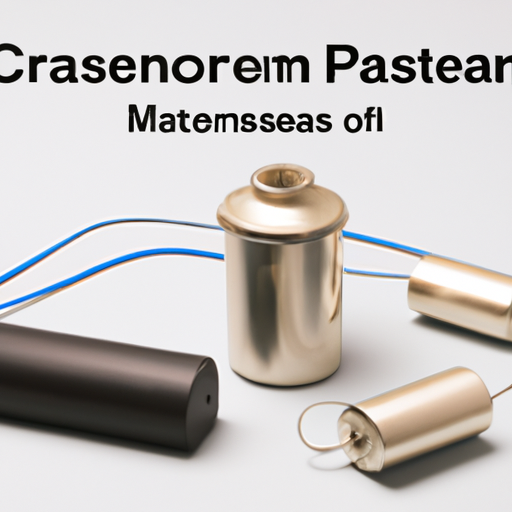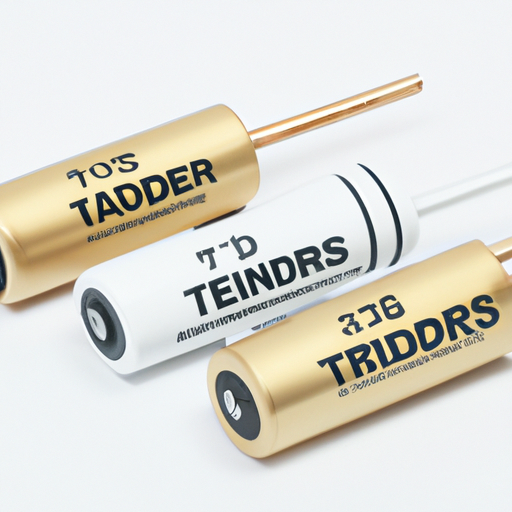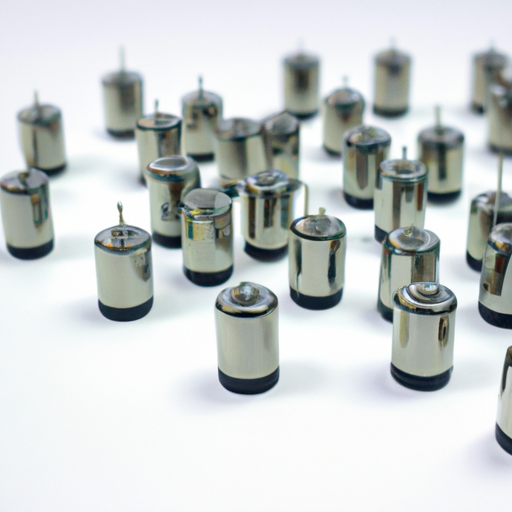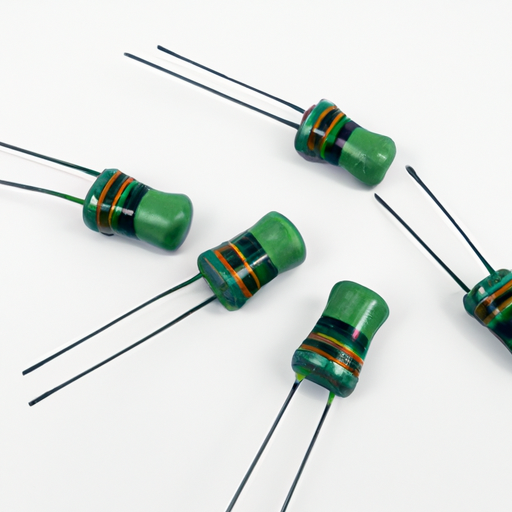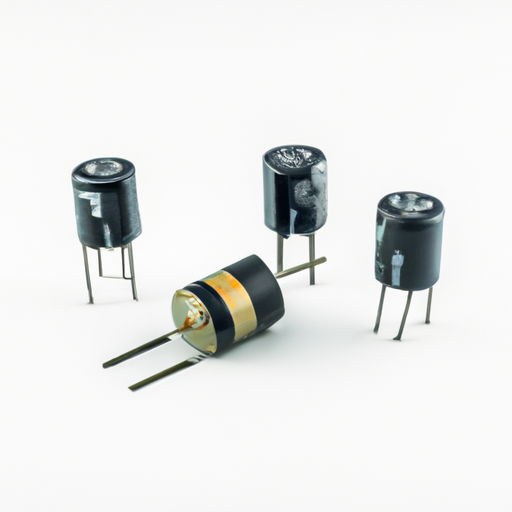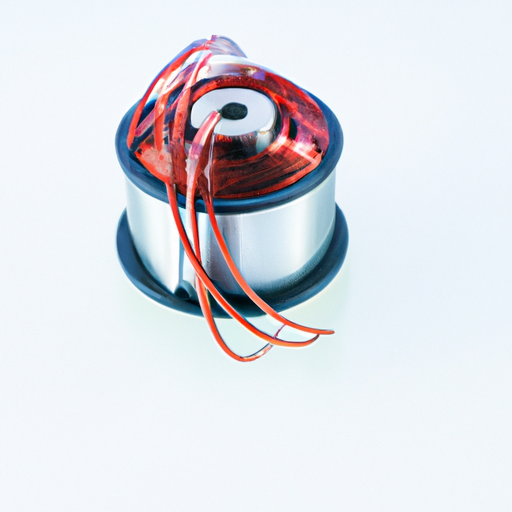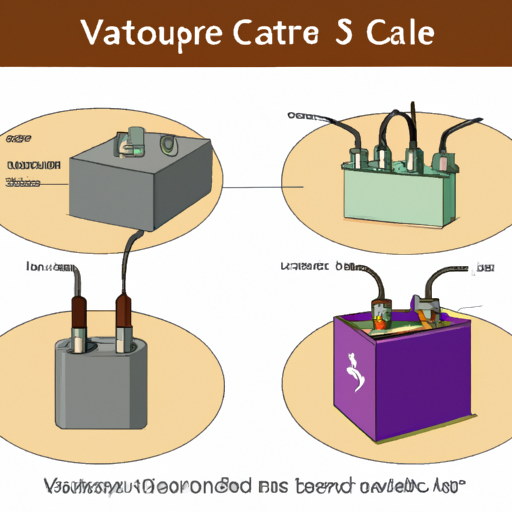The Production Process of Mainstream Capacitors
I. Introduction
Capacitors are fundamental components in the world of electronics, serving as energy storage devices that can release energy quickly when needed. They play a crucial role in various applications, from smoothing out voltage fluctuations in power supplies to enabling signal processing in communication devices. As technology advances, the demand for capacitors continues to grow, necessitating a deeper understanding of their production process. This blog post will explore the intricate steps involved in manufacturing mainstream capacitors, shedding light on the materials, design, engineering, and quality control that ensure their reliability and performance.
II. Types of Capacitors
Capacitors come in various types, each designed for specific applications and performance characteristics. The most common types include:
A. Ceramic Capacitors
Ceramic capacitors are widely used due to their small size, low cost, and stability. They are made from ceramic materials that serve as the dielectric, providing excellent insulation properties.
B. Electrolytic Capacitors
Electrolytic capacitors are polarized components that offer high capacitance values in a relatively small package. They are commonly used in power supply circuits and audio applications.
C. Film Capacitors
Film capacitors utilize thin plastic films as the dielectric material. They are known for their reliability and stability, making them suitable for high-frequency applications.
D. Tantalum Capacitors
Tantalum capacitors are known for their high capacitance-to-volume ratio and stability. They are often used in applications where space is limited, such as in mobile devices.
E. Supercapacitors
Supercapacitors, or ultracapacitors, are designed for high energy storage and rapid charge/discharge cycles. They are increasingly used in renewable energy systems and electric vehicles.
III. Raw Materials
The production of capacitors begins with the careful selection of raw materials, which significantly influence the performance and reliability of the final product.
A. Overview of Materials Used in Capacitor Production
1. **Dielectric Materials**: The dielectric is a crucial component that determines the capacitor's capacitance and voltage rating. Common dielectric materials include ceramic, aluminum oxide, and various plastic films.
2. **Conductive Materials**: Electrodes are typically made from conductive materials such as aluminum, tantalum, or conductive polymers, which facilitate the flow of electric current.
B. Sourcing and Quality Control of Raw Materials
Manufacturers must ensure that raw materials meet stringent quality standards. This involves sourcing materials from reputable suppliers and conducting thorough quality control checks to prevent defects in the final product.
IV. Design and Engineering
The design and engineering phase is critical in determining the capacitor's specifications and performance characteristics.
A. Initial Design Considerations
1. **Capacitance Value**: The desired capacitance value is determined based on the application requirements.
2. **Voltage Rating**: The voltage rating must be carefully selected to ensure the capacitor can handle the maximum voltage it will encounter.
3. **Size and Form Factor**: The physical dimensions of the capacitor are influenced by the intended application, with smaller sizes often preferred for compact electronic devices.
B. Simulation and Modeling
Advanced simulation tools are used to model the capacitor's performance under various conditions, allowing engineers to optimize the design before moving to prototyping.
C. Prototyping
Once the design is finalized, prototypes are created to test the capacitor's performance in real-world conditions. This step is essential for identifying any potential issues before mass production.
V. Manufacturing Process
The manufacturing process of capacitors involves several key steps, each requiring precision and attention to detail.
A. Preparation of Dielectric Materials
1. **Mixing and Compounding**: Dielectric materials are mixed and compounded to achieve the desired properties, such as dielectric constant and thermal stability.
2. **Forming and Shaping**: The compounded materials are then formed into the desired shapes, whether as thin films or ceramic discs.
B. Electrode Preparation
1. **Material Selection**: The choice of electrode material is critical for performance. Aluminum and tantalum are common choices, depending on the capacitor type.
2. **Coating and Layering Techniques**: Electrodes are coated with conductive materials to enhance their performance. Techniques such as sputtering or chemical vapor deposition may be employed.
C. Assembly of Capacitor Components
1. **Layering Dielectric and Electrodes**: The dielectric material is layered between the electrodes, ensuring proper alignment and contact.
2. **Pressing and Sintering (for Ceramic Capacitors)**: For ceramic capacitors, the assembly is pressed and then sintered at high temperatures to enhance the dielectric properties and ensure structural integrity.
D. Encapsulation and Packaging
1. **Types of Encapsulation Materials**: Capacitors are encapsulated using materials that protect them from environmental factors such as moisture and temperature fluctuations.
2. **Importance of Environmental Protection**: Proper encapsulation is vital for ensuring the longevity and reliability of capacitors, especially in harsh operating conditions.
VI. Testing and Quality Control
Quality control is a critical aspect of capacitor production, ensuring that each component meets industry standards and performs reliably.
A. Electrical Testing
1. **Capacitance Measurement**: Each capacitor is tested for its capacitance value to ensure it meets specifications.
2. **Leakage Current Testing**: Leakage current tests are conducted to assess the capacitor's insulation properties and overall performance.
B. Mechanical Testing
1. **Vibration and Shock Tests**: Capacitors are subjected to mechanical stress tests to evaluate their durability and reliability under real-world conditions.
2. **Thermal Cycling Tests**: Thermal cycling tests assess how well capacitors can withstand temperature fluctuations, which is crucial for applications in varying environments.
C. Compliance with Industry Standards
1. **ISO Certifications**: Manufacturers often seek ISO certifications to demonstrate their commitment to quality and consistency in production.
2. **RoHS Compliance**: Compliance with the Restriction of Hazardous Substances (RoHS) directive is essential for ensuring that capacitors are environmentally friendly and safe for use.
VII. Final Assembly and Distribution
Once testing is complete, capacitors undergo final assembly and distribution.
A. Final Inspection and Quality Assurance
A thorough final inspection is conducted to ensure that each capacitor meets quality standards before packaging.
B. Packaging for Shipment
Capacitors are carefully packaged to prevent damage during transportation. Packaging materials are chosen to provide adequate protection while being environmentally friendly.
C. Distribution Channels
Capacitors are distributed through various channels, including direct sales to manufacturers, electronic component distributors, and online platforms.
VIII. Conclusion
The production process of mainstream capacitors is a complex and meticulous endeavor that involves careful consideration of materials, design, manufacturing, and quality control. As technology continues to evolve, the demand for capacitors will only increase, driving innovation in manufacturing processes and materials. Understanding this production process not only highlights the importance of capacitors in modern electronics but also underscores their role in advancing technology across various industries.
IX. References
A comprehensive list of academic journals, industry reports, and manufacturer guidelines can provide further insights into the production processes and advancements in capacitor technology. These resources are invaluable for anyone looking to deepen their understanding of this essential electronic component.

